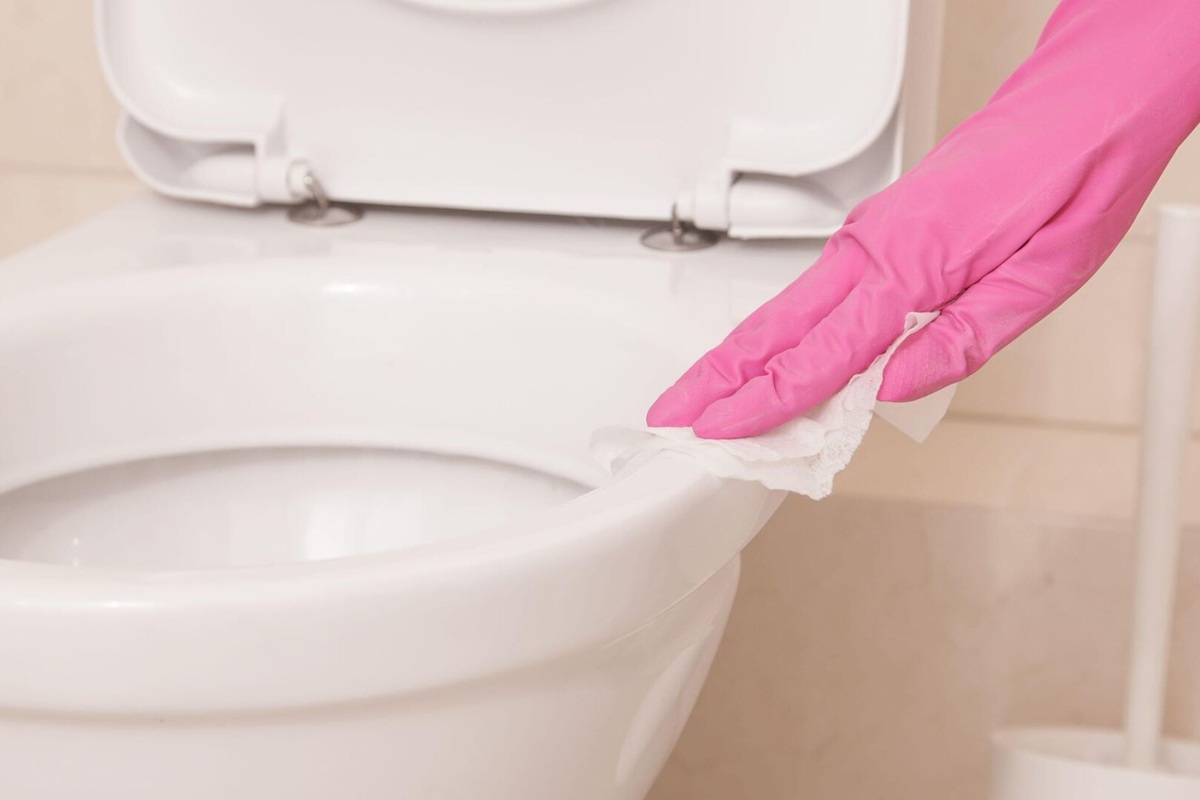Flushing the toilet is a task that we repeat several times a day, so we should be aware of what happens each time we do it. Something as everyday as flushing the toilet hides a reality that many would prefer to ignore: each flush releases an invisible cloud of microdroplets that can carry bacteria throughout the bathroom. Recent scientific research sheds light on this phenomenon and on how a simple action (lowering the lid) can make a significant difference.
In 2022, researchers at the University of Colorado Boulder used laser technology to visualize what happens when the toilet is flushed with the lid up. The result was surprising: a column of aerosol is formed that travels at more than 2 meters per second and reaches 1.5 meters in height in just eight seconds.
The tests leave no room for doubt: it’s better to close the lid

This discovery confirms what many suspected: every time we flush the toilet with the lid open, we are potentially dispersing microorganisms throughout the bathroom, from the sink to the walls.
To better understand the practical implications of this phenomenon, scientists at the Asan Medical Center conducted an experiment in hospital bathrooms used by real patients. They compared conventional toilets with others equipped with automated cisterns that only work when the lid is closed.
The method was rigorous: they placed eight culture plates strategically around each toilet, allowed the particles to settle for 90 minutes after flushing, and then incubated these plates for two days.
The data left no room for doubt: toilets with the lid closed during flushing showed less than half the bacterial colonies on the surrounding surfaces, 6 colonies compared to 14 on average.

As reported by the Tudo Gustoso website, Arianna Castro, P&G’s scientific communications manager, explains that “closing the lid decreases the radius of the aerosol columns and reduces the possibility of particles reaching respiratory areas”. Of course, although it does not completely eliminate dispersion, it does represent a significant physical barrier.
Complementary measures to reduce contamination
The study also identified complementary measures to reduce contamination:
- Adding disinfectant to the bowl before flushing
- Using disinfectant products attached to the toilet tank
- Regularly disinfecting all surfaces in the bathroom
“Scientists are working on smarter toilet designs, from improved flush valves to UV sanitation systems,” said Cedar. ‘But for now, the best thing you can do? Close the lid before you flush,’ he continued.









